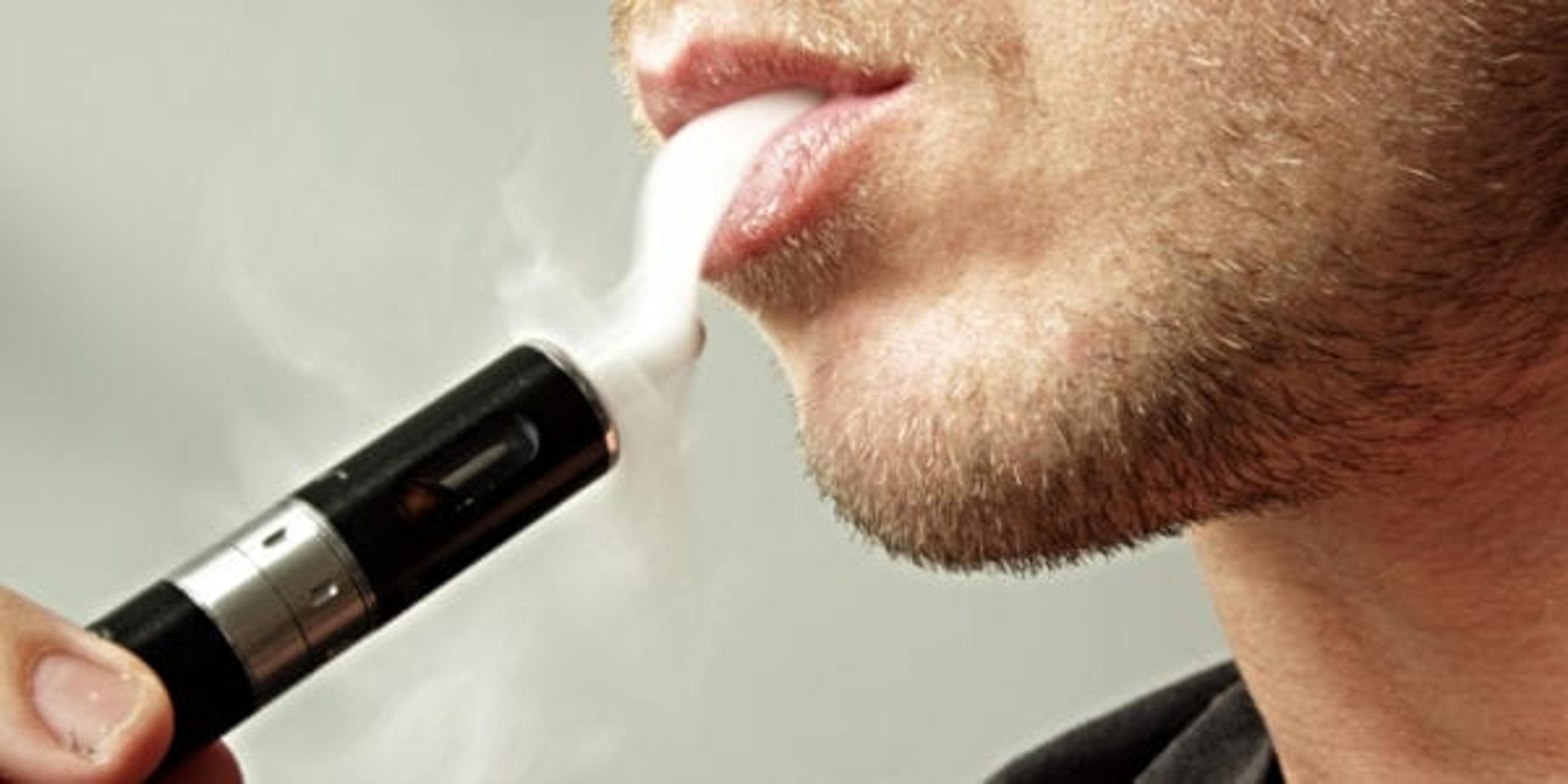The Great Debate over Tobacco Alternatives
| 3 min read

Despite the declining rate of cigarette use, many people still use some form of tobacco on a daily basis. Today, 1 in 5 Americans use some form of tobacco whether it be e-cigarettes, hookah or chewing tobacco. Many people who are considering knocking their smoking habit often take the first step by transitioning to these substitutional tobacco products. While these alternatives may help you quit using traditional cigarettes, they still pose some of the same health risks. If you or a loved one are in the process of quitting and have considered using tobacco alternatives to help with your withdrawals, it’s important to understand the dangers that may still exist.
- E-Cigarettes. E-cigarettes, commonly referred to as “vape pens” are battery-operated and use a heating element to warm a liquid and release a chemical aerosol. Though different from a traditional cigarette, e-cigarettes still can contain a high level of nicotine. These levels vary from zero to about 72 milligrams (a traditional cigarette has 10 to 15 milligrams). E-cigarettes also contain propylene glycol and when heated can degrade into formaldehyde, a chemical linked to nose and eye irritation and increased risk of asthma and cancer. Unfortunately, the FDA does not regulate e-cigarettes currently so there’s no way to know for sure what is in them.
- Chewing Tobacco. Chewing or snuff tobacco can be extremely harmful to your health. It is not only addicting but it can lead to cancer of the mouth and esophagus and may increase the risk for death from heart disease and stroke among other risks, according to the CDC.
- Hookah. Hookahs are water pipes used to smoke specially made tobacco that comes in different flavors. While many don’t believe hookah is harmful, it has many of the same health effects as cigarette smoke. Those effects include but are not limited to: high levels of carbon monoxide, metals and cancer-causing chemicals, and toxic agents known to cause lung, bladder and oral cancers. Additionally, according to the CDC, because of the way hookah is used, hookah users may absorb more of the harmful substances found in tobacco than cigarette smokers. An hour-long hookah smoking session involves 200 puffs, while smoking an average cigarette involve 20 puffs.
Quitting a habit like smoking isn’t easy and although sometimes tobacco alternatives can help you quit, they can also be just as harmful as cigarettes themselves. Fortunately, there are FDA-approved tobacco cessation options available to you and your loved ones. Those include over-the-counter medications like Nicotine patches, gum and lozenges, and prescription medications like Zyban, Chantix and a Nicotrol inhaler or nasal spray. For more information on medications to help you quit, click here.
In addition, the quitting strategies we provided in an earlier blog post can also be used if you’re not a cigarette smoker, but you use any of the tobacco alternatives above.
For more information on strategies, medicine and other support resources you can:
- Talk to your primary care physician about options.
- Read Blue Care Network of Michigan’s Quit Guide.
- Watch Blue Care Network’s video featuring a doctor’s advice on smoking.
- Call the Michigan Tobacco Quit Line at 1-800-784-8669.
Photo credit: Ecig Click





